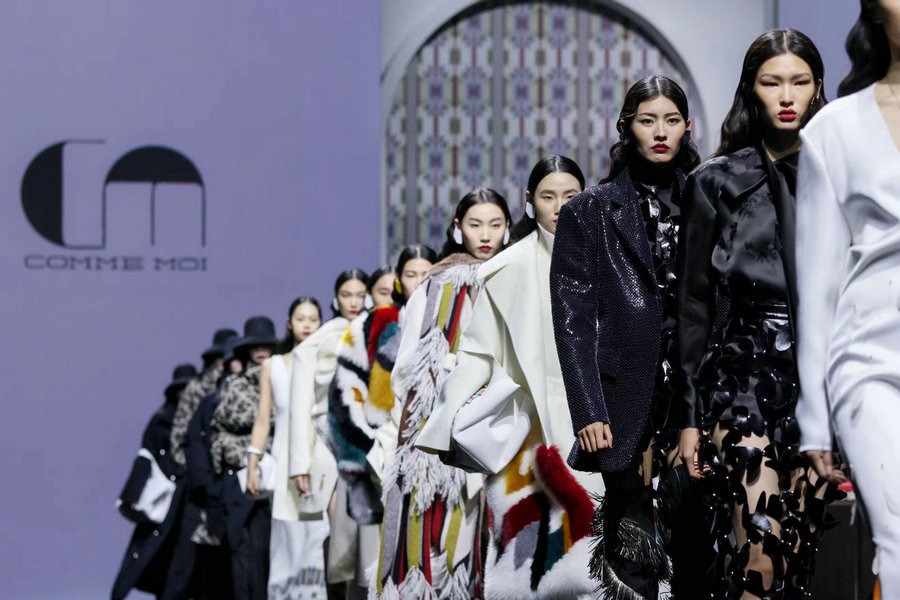China’s luxury market took a hit in 2022, ending a five-year run of growth in the region as it faced the aftermath of lengthy lockdowns and heightened Covid-19 measures. However, as 2023 progresses, it appears the sector is once again on its way up, as brands and retailers cautiously emerge from confinement and begin to reinvent themselves for both the domestic and global industry. This is according to Bain & Company, which forecasted that China was expected to see positive conditions already return before the end of Q1 this year.
This optimism is something that showrooms in China are beginning to latch on to, as displayed in a slew of fashion industry events that have resurged after three years. Marketing agency Dia Creative Communications is one of those relying on the growing anticipation of the year ahead. The company once again took to the fashion season with the launch of its Tube Showroom concept, a project it initially debuted in 2015 that looks to showcase and promote young designers by connecting them with a wider network of brands, media and sales channels – contrasting the traditional function of a showroom.
For autumn/winter 2023, the biannual showroom followed the theme ‘Trek n Trek-Inspired Hiking’, through which it looked to celebrate young designers and the stories they presented for the upcoming buying period. The agency also kicked off its 16th season alongside Shanghai Fashion Week, which it is promptly following up with the opening of a new experimental retail concept Dia Underground on April 8, where 59 designer brands – 38 of which were ready-to-wear – will exhibit their new collections.
The space is launching as a response to the offset of the lengthy lockdowns in the region, as noted by Dia’s founder Zemria Xu, who told FashionUnited: “The epidemic must have had a very big impact on every industry, and because of this difficult challenge, we decided to take the plunge and open the Dia Underground retail space to create a more complete platform for designer brands to showcase their concepts and aesthetics, and also to do more marketing assistance and merchandise testing for our partner buying shops while experimenting with retail.”
While Dia’s selection of brands falls in line with the demands of China’s current fashion climate, which has placed importance on the localisation of both production and brands – something that has also been evident on a global scale as a result of the pandemic – the desire to continue amplifying connections on an international scale remains distinct. This is reflected in the choice of brands for the retail space, which Xu said were selected for their ability to show a more distinctive Chinese aesthetic in order to “create an emotional resonance between consumers and brands for artistic and inspirational creations” while exhibiting the country’s design values to the global fashion industry.
Such a mission was present in the approach some brands took in their collections, where design language was focused on the exploration of China’s cultural heritage in a contemporary way. While Fabric Qorn used humour to portray its take on these values, ready-to-wear brand Nonsense Official explored the attitudes of young Chinese people as its way of experimenting with cultural significance. Many of the brands Tube represents were also participants in Shanghai Fashion Week this season, which returned to the limelight once again after three years of cancellations. Held between multiple venues around the city, with the most central being in the Xintiandi district, the fashion week ran for 10 days starting March 23 and boasted a programme of over 70 designers.



Comment here